Photo credits: Jackson Walker
America’s military torched a fortified residential outpost along the Apalachicola River in Florida on July 27, 1816.
More than 300 members of Black African and Choctaw families enjoyed a home atmosphere and refuge at the outpost, which U.S. forces destroyed. Later, the Seminole Wars’ pivotal conflicts took place here. The United States and the Seminoles, members of a Native American tribe, that emerged in the area during the early 1700s, engaged in three connected military confrontations in Florida known as the Seminole Wars (sometimes referred to as the Florida Wars).
Through 1858, there were hostilities between both sides, with two tense intervals in between. Hostilities started about 1816. In comparison to all the so-called American Indian Wars, the Seminole Wars were the bloodiest and most costly to the country’s finances and human resources. The 1730s saw the start of the First Seminole War (1817–1818). Runaway Black slaves from the Carolinas had received protection from the Spaniards during that period.
However, Black people do not seem to have coexisted with native Floridians as late as 1774. Following that date, other escaped slaves from American plantations in other states started to arrive, mainly congregating around the Negro Fort on the Apalachicola River. White plantation owners viewed Blacks and Seminoles as a threat – to the system of slavery north of Spain’s designated boundary within American territory – whether they were free or runaways.
The White plantation owners, who were largely from Georgia and Mississippi, frequently charged the Seminoles with taking their slaves. Nevertheless, things were the other way around. Black slaves who served the Seminoles were being stolen by angry White mobs that ransacked Florida. The U.S. War Department issued an order on December 26, 1817, telling Andrew Jackson to assume command personally and subdue the Seminoles. Spanish Florida was invaded by General Andrew Jackson in retaliatory missions against the Seminoles, which outraged Spain.
Conflicts resulting from these incidents eventually prompted a war between the United States and Spain.





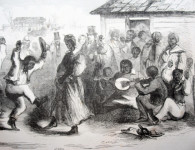
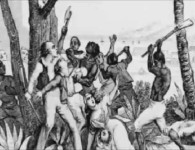



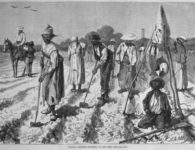

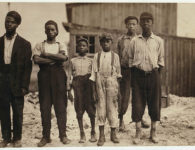

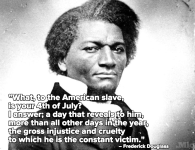



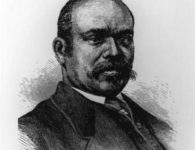


No comments